Navy General Board Articles
All the best naval articles in one location!
The origins of the American battlecruiser – 1902-1910
The United States Navy’s only planned battlecruisers, six Lexington class ships authorised by the Naval Act 1916,[1] were cancelled by the Five Power (‘Washington’) Treaty of 1922.[2] Two – Lexington and Saratoga - were completed as aircraft carriers instead.[3] The...

Prelude to Battle : HMAS Sydney vs SMS Emden
Andy South has just completed volume II on his series detailing the career of the cruiser HMAS Sydney. He was kind enough to share an excerpt from his book. In this section, he examines the battle between HMAS Sydney and SMS Emden. If you would like to read the...

Japanese Attack on the United States Coast
Over the course of the Second World War, the continent of North America was largely spared the destruction seen elsewhere. Just as a moat protects a castle, the Atlantic and Pacific oceans protected the United States. American industry was able to support the war...

SMS Lutzow and her Doomed Journey Home
The Battle of Jutland comes down to us through history bearing many tales of ‘daring-do’. Story’s of ships exploding, of sailors manning their posts when all is lost, of wrong decisions and Admirals blinkered to the moment. Of ships being battered and surviving to...

Coal Torpedo : Secret Weapon of the Confederacy
Throughout the entirety of the American Civil War, the Confederate Navy was hopelessly outmatched by the Union Navy. Union warships enacted a blockade of the Confederate coast that placed a stranglehold on Confederate trade. Though they attempted to counter the might...

Top 10 Biggest Battleships of All Time
Battleships were the largest warships that utilized gun based weaponry as their main armament. Hundreds of feet in length and displacing tens of thousands of tons, their size allowed them to carry the largest guns and the thickest armor. While battleships are massive...
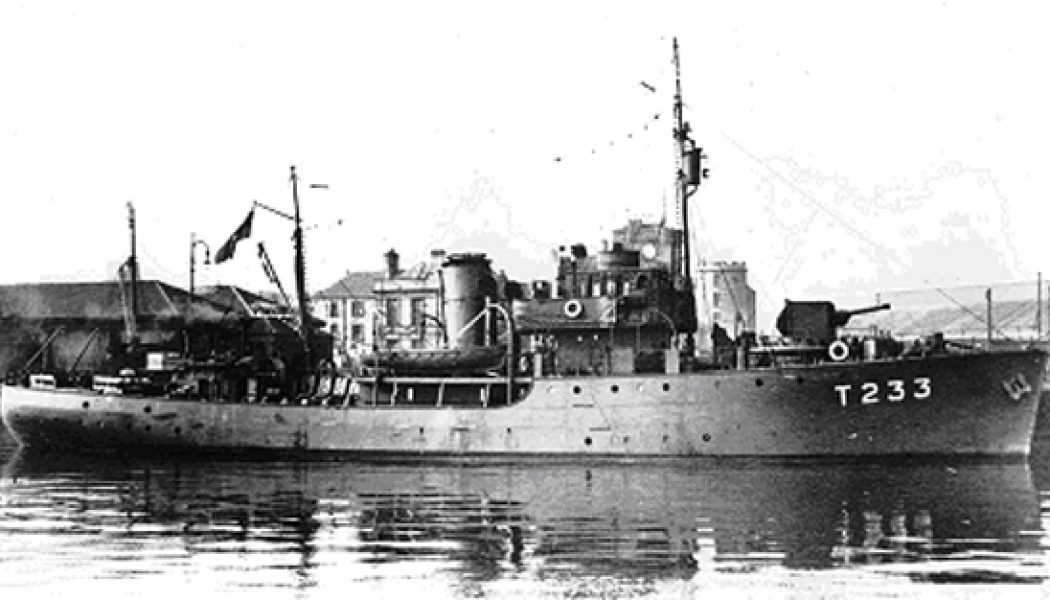
David and Goliath in the Solomons: the ‘pocket corvettes’ Kiwi and Moa vs I-1
By early 1943 the battle for Guadalcanal was in full swing. Japan was supplying its forces on the island by night, often by submarine. United States forces were supported by New Zealand and Australian ground, air and naval units, which included the three Bird-class...

HMAS SYDNEY A Chronological History
If you were wondering where Andy South has been recently, he has been working on his latest book detailing the career of HMAS Sydney! His first volume of H.M.A.S SYDNEY: A chronological history is completed. Andy wanted to share some of his book so he as kind enough...

The Armoured Conning Tower on Battleships
Even the mightiest warship, with its intimidating guns and thick armor, would be severely handicapped without a conning tower. The conning tower served as the control center for a warship, allowing officers to observe everything around the ship and direct it. What Is...
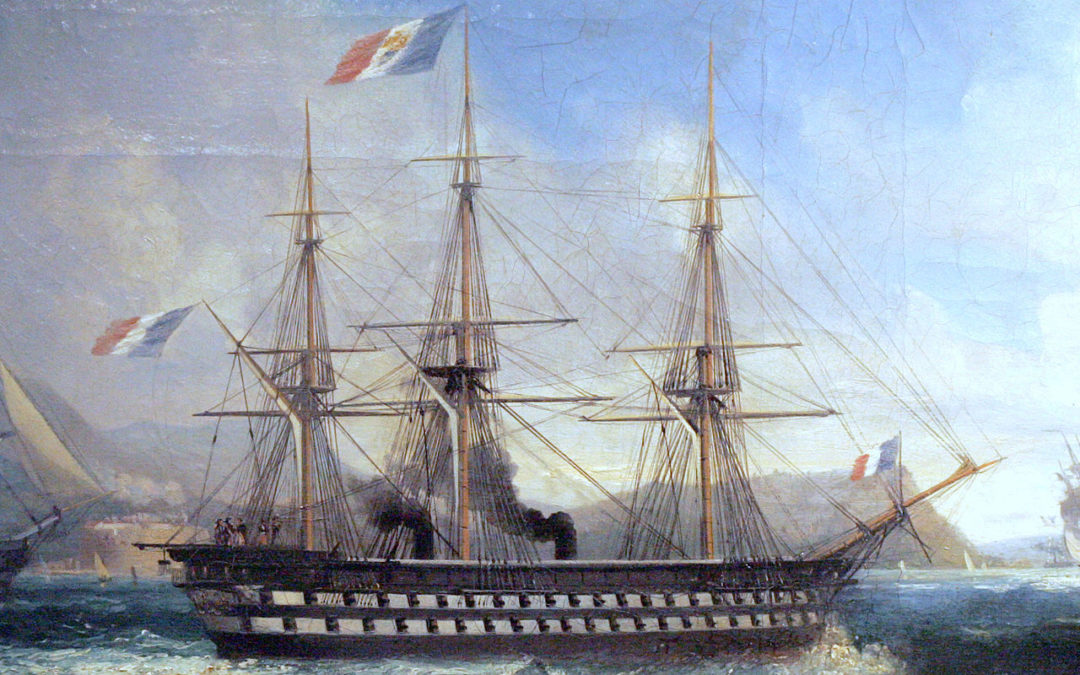
Where did the term ‘battleship’ come from?
Think ‘battleship’, and you might think of the steam-driven steel warships that emerged during the last decade or so of the nineteenth century, and which remained an important measure of sea-force until the Second World War. In that, you would be right. The word...

The Inverted Bow and Warships
The traditional raked bow as seen on the Soviet nuclear powered cruiser Frunze. This type of bow has been typical on most warships of the 20th century. When one thinks of the bow on a warship, they typically think of the traditional raked bow that overhangs the water....
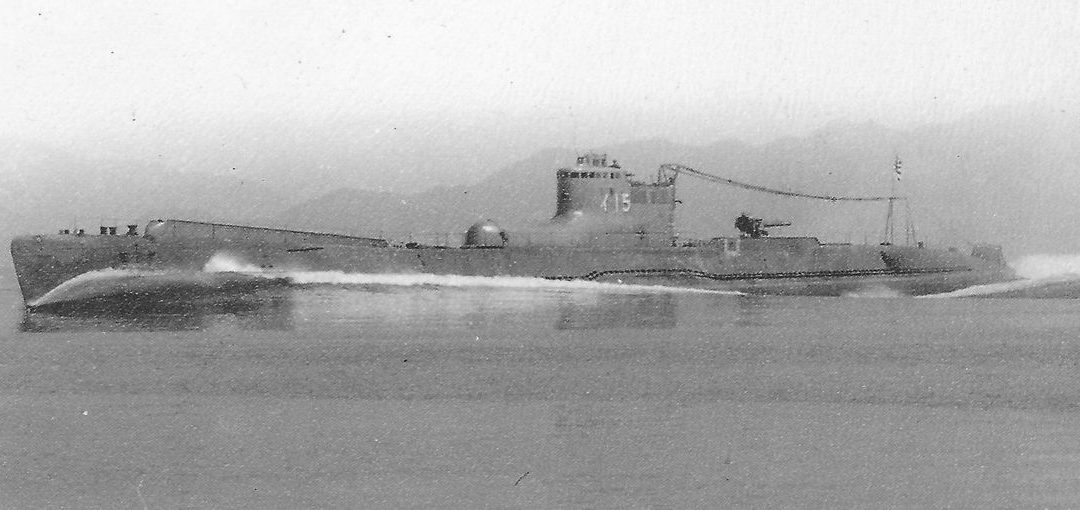
Japan’s Pacific submarine campaign: encounter off Fiji, 1942
During the Second World War, Japan conducted a small but significant submarine campaign into the Pacific and Indian oceans, ultimately ranging as far as the west coast of the United States and the South Pacific. First to reach the South Pacific was the 2,550 ton Type...

AAA Umbrella vs Rain of Bombs – Naval Anti-Aircraft vs Aircraft in World War II
AAA Umbrella vs Rain of Bombs Naval Anti-Aircraft vs Aircraft in World War II “Nothing can stop the attack of aircraft except other aircraft” – William “Billy” Mitchel Before World War II, air power enthusiasts believed air power would sweep the seas clear of ships...

The Malta class: the carriers that never were
During the 1930s, as the world’s major navies began rearming, it was clear that aircraft carriers were going to play a significant role in any future combat. Just how significant was not wholly anticipated at the time – but there was no question that carriers were...
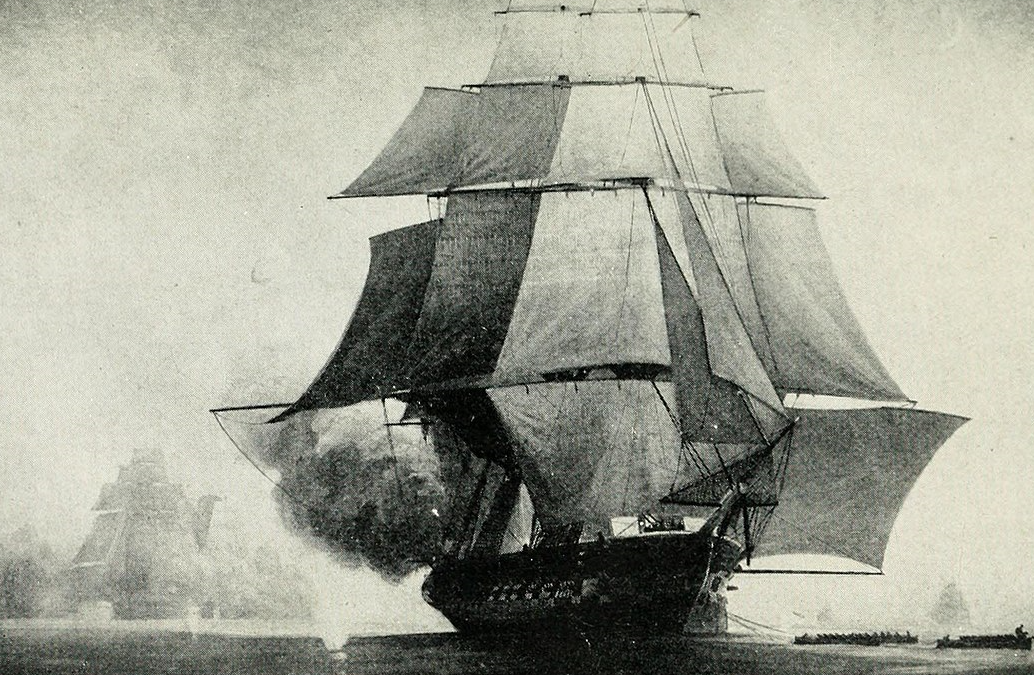
Was ‘cold enough to freeze the balls off a brass monkey’ a naval phrase?
The unprecedented cold that swept parts of the United States in early 2019 could be called 'brass monkey weather', though with the temperatures reported, that might be an understatement. According to legend, the term - in full, 'cold enough to freeze the balls off a...

Battleship showdown: Vanguard vs. Tirpitz – what might have happened
In the previous article we looked at HMS Vanguard, Britain’s last battleship. She was completed too late for the Second World War.[1] But what if she had been able to join that conflict, as originally intended when she was first planned in 1939? Could we have had...

Triple Turrets vs. Three-Gun Turrets : Quick Read
Perhaps one of the most common simplifications when discussing warships occurs when discussing their turret styles. For instance, a battleship might be described as having twin turrets, triple turrets, or even quadruple turrets. This of course refers to the number of...

HMS Vanguard: Britain’s Last and Greatest Battleship
Britain’s last, largest and fastest battleship, HMS Vanguard, was commissioned in May 1946.[1] She was technically the best battleship the British ever built, but was completed too late for the Second World War, never tested in combat, and entered service at a time of...

The loss of Prince of Wales and Repulse – Part 3: the 70-year mystery
The loss of Prince of Wales and Repulse off the Malayan coast on 10 December 1941 – described in the previous two articles - set alarm bells going in Britain. It marked the first time heavy ships had been lost to air attack, while fully operational and manoeuvering at...
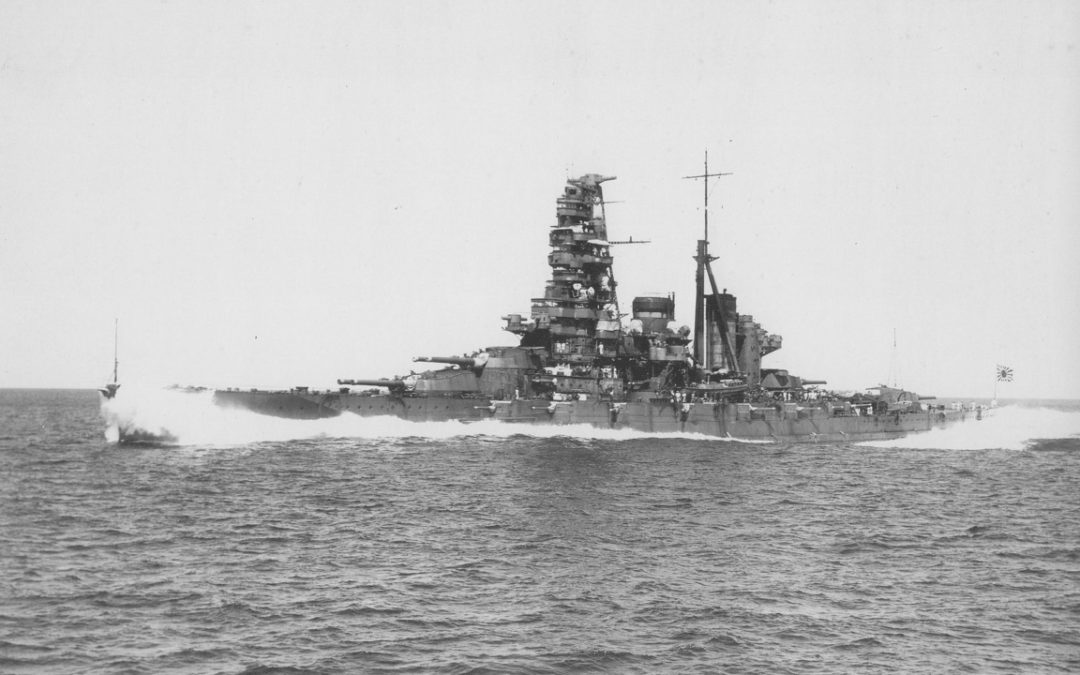
Kongo Class : A Gallery
The Kongo class were one of Japan's primary capital ships during both World Wars. Initially laid down as the Kongo class battlecruisers, the ships were upgraded throughout their lives, eventually evolving into the Kongo class battleships and then further developed...

The loss of Prince of Wales and Repulse, Part 2: the air attack
At 5.35 pm on 8 December 1941 the battleship Prince of Wales and battlecruiser Repulse, with supporting destroyers, left Singapore to attack a Japanese seaborne invasion force that was landing in Malaya. By the early afternoon of 10 December, both ships had been sunk,...

Alaska Class : America’s (Not Quite) Battlecruisers
The warships of the Alaska class are perhaps one of the more confusing ships ever put to sea by the United States. Designed to prowl the oceans and hunt down enemy commerce raiders, they possessed high speed and considerable firepower. Vastly more powerfully than...

The loss of Prince of Wales and Repulse Part 1: prelude to disaster
The loss of Prince of Wales and Repulse to Japanese air attack off the Malayan (Malaysian) coast, on 10 December 1941,[1] was a human tragedy, although the precise death toll has been variously given. The official figure is 840: however numbers given in various...

Iowa Class Battleships over the Years
From the time that USS Iowa was laid down in 1940 until today, the Iowa class battleships have been around for 78 years. During that time, the ships underwent many changes to help them adapt to the type of conflict they were engaged in. In this article, I gathered a...
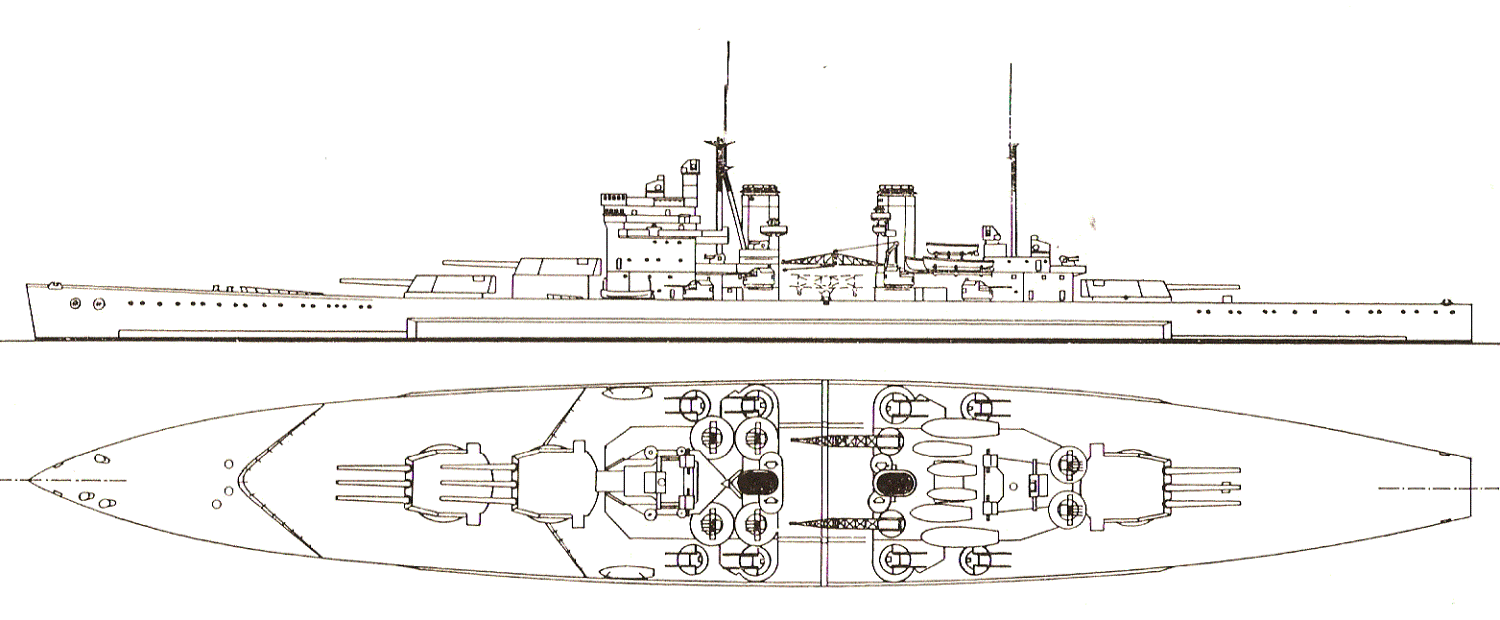
The slow death of the Lion class – Britain’s never-built battleships
As war clouds loomed over Europe in the late 1930s, Britain’s last generation of battleships were well in hand. By 1938 the five King George V class were under construction and the first two examples of their successors, the Lions, were due to be laid down in 1939.[1]...

Rise of the United States Navy Part One: The Virginius Affair
Following the Civil War, the United States Navy had languished as funding was diverted to efforts aimed at rebuilding a wounded nation. Only a small handful of ships were kept to serve as a coastal defense force. Elsewhere, nations had observed the power of Ironclads...

What the Second London Naval Treaty ‘escalator clause’ Really Meant
One of the common misconceptions in naval history is the idea that the so-called 'escalator clause' of the Second London Naval Treaty - which allowed main gun calibre to automatically revert to 16-inch if any signatory failed to ratify the treaty - also enabled agreed...

Battleship showdown: USS South Dakota versus the British 16B/38
One of the most ingenious battleship types of the Second World War was the US Navy's four-strong South Dakota class, which packed excellent fire-power, armour protection, good range and reasonable speed into a Treaty-limited displacement. In part the design was a...

Room 40 : Cryptanalysis during World War I
The sailor in Room 53 has never, it's true, been to sea but though not in a boat he has served afloat — in a bath in the Admiralty' Dillwyn ‘Dilly’ Knox, Cryptographer Room 40 . BEGINNINGS In London there is a building that has stood on its site since 1726. A two...

The All Big Gun Race
Before we start a quick explanation on the all big gun race. I have deliberately avoided of the use of the term "Dreadnought" before the date of her launched, as it was a term not in use before that day. Instead I have used the name Fisher created, "Untakeable" I...
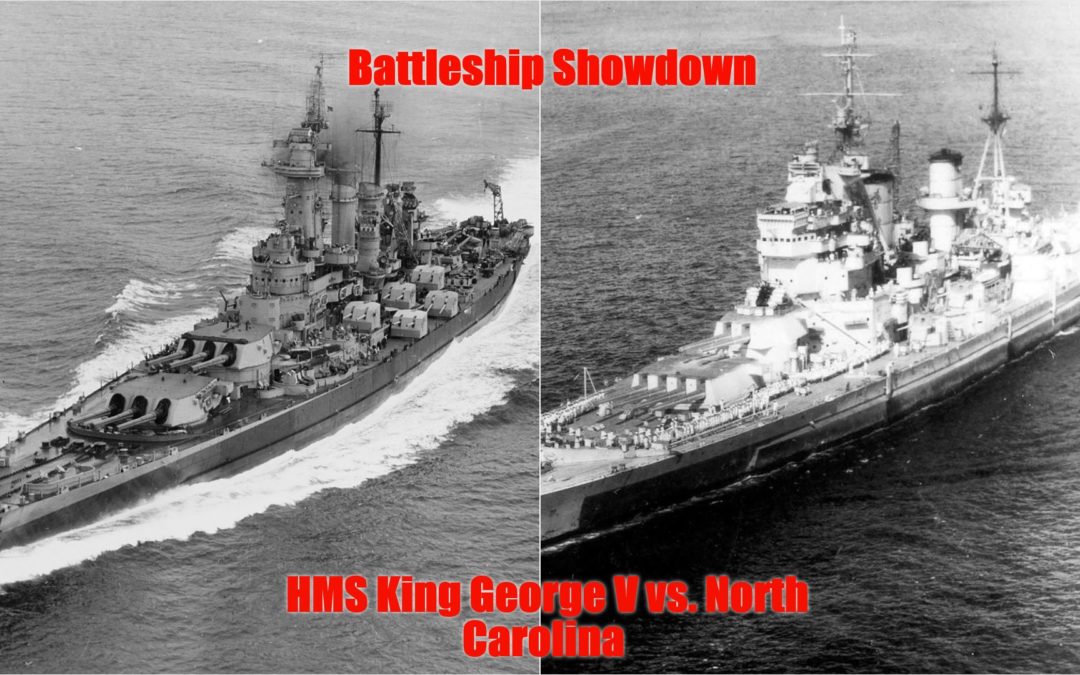
Battleship showdown: King George V vs. North Carolina
King George V vs. North Carolina, a question that reveals a lot about the design and intentions behind the first modern post-treaty battleships of the United Kingdom and United States. In this article, we will examine some of the features behind both ships and see how...
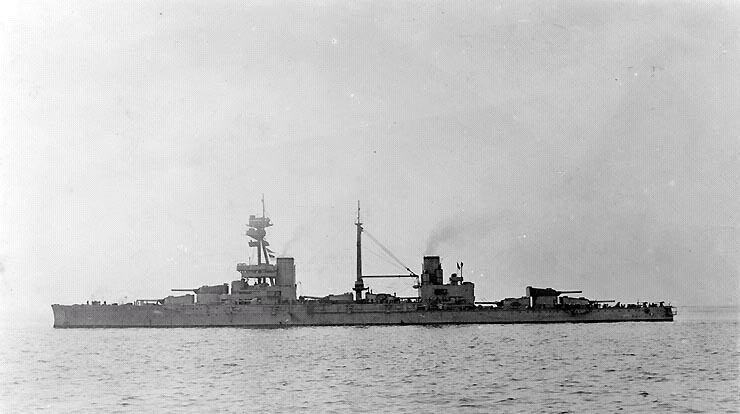
HMS Agincourt – The Gin Palace
HMS Agincourt, the one ship class dreadnought, was affectionately known amongst her crew as 'The Gin Palace', in a reference to her luxurious fittings and as a corruption of her name, 'A-Gin-Court', pink gin then being a popular drink amongst Royal Navy officers. She...

The King George V class – better battleships than history usually allows
Britain’s King George V's, the only new battleship class they completed for the Second World War, were criticised for shortcomings while being developed, and have often been since portrayed as the least of that war’s new-generation battleships. Winston Churchill,...

The Q-ship hero – William Sanders, VC
The story of William Sanders (1883-1917) remains one of the most intriguing personal sea experiences of the First World War. His career, though brief, can best be described as outstanding: in quick succession he won first the Victoria Cross and then the Distinguished...

USS The Sullivans : Life aboard a US Navy Destroyer
The following article is a collection of stories told to me by my great uncle aboard the warship USS The Sullivans. Please enjoy this collection of tales describing life aboard a US Navy destroyer. Life Aboard the USS The Sullivans (DD-537) Q: What did you do onboard...

Myths about the Montana Class Super Battleships
A stretched Iowa with an extra turret. A ship designed to kill the Yamato class. Many myths surround the Montana class, the immensely powerful super battleships of the United States Navy. Designed to be larger and more powerful than any previous dreadnought, these...
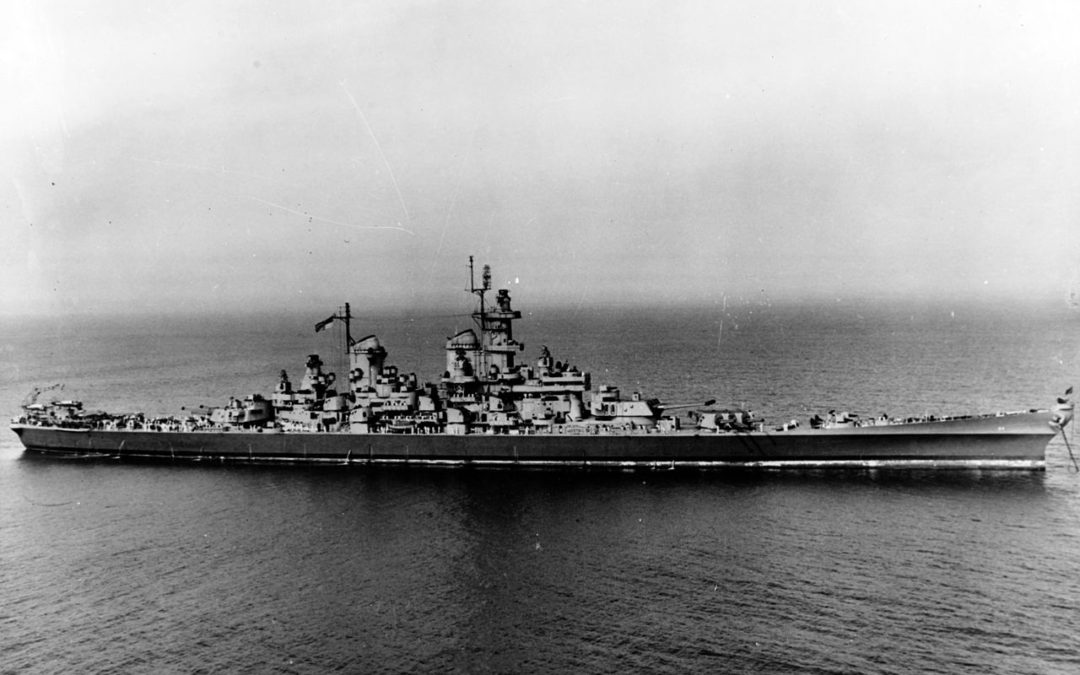
Iowa Class Battleships – A Departure from Traditional Design
The Iowa class battleships were the last dreadnoughts put to sea by the United States. In many ways they incorporated all of the lessons learned by the US Navy throughout the dreadnaught age. They were powerfully armed, decently armored, and very fast. It is no doubt...
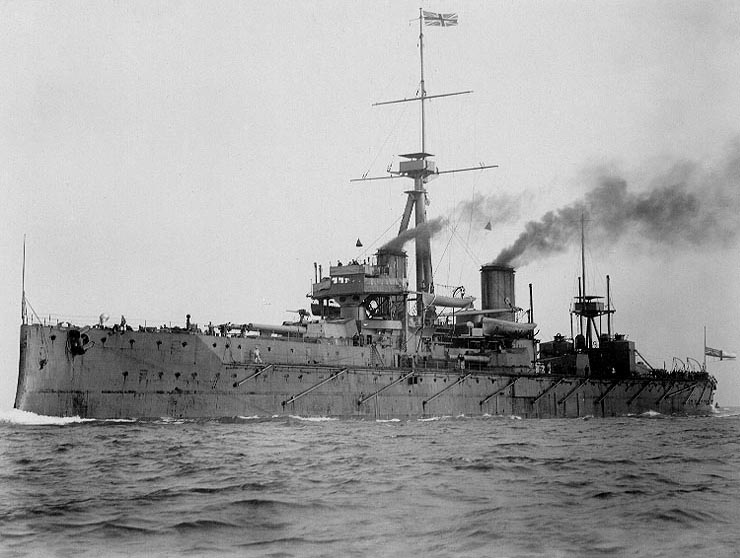
HMS Dreadnought – revolution or evolution?
In early 1907, the battleship HMS Dreadnought sailed on her shake-down cruise to the Caribbean under Captain Reginald Bacon. She was a remarkable vessel in many ways, one whose name became synonymous with all battleships during the First World War period, and whose...

Bayern Class vs. Queen Elizabeth Class Dreadnoughts
SMS BAYERN OR HMS QUEEN ELIZABETH? In 1898 the Naval Arms race that was to conclude sixteen years later in the Great War, was begun. The culmination of that titanic struggle was to see the creation of the 'Super-Dreadnought'. The British creation was the five vessels...

Life Aboard a US Navy Battleship During the Korean War
The Iowa class battleships were the last battleships put to sea by the United States. They had a remarkably long career, serving from World War II until the Gulf War. There are a ton of articles describing the weaponry, capabilities, or service history of these...

A U-boat attack in strange waters
By January 1945 the Second World War had long turned in favour of the Allies. Germany was on the retreat across Europe, and Japan had been pushed back to a shrinking perimeter around the Home Islands. The idea of a U-boat turning up off the New Zealand coast that...

Why were so many warships never built?
Why were so many warships never built ? Naval history is littered with warships that were planned or designed but never built, especially in the past century or so. There were many reasons why proposed ships never saw the light of day. Some designs were abandoned at...

Admiral Sir John Jellicoe and the Battle of Jutland
It is easy to declare that the Battle of Jutland – to the Germans, the battle of the Skagerrak[1] - fought over a hectic afternoon and night on 31 May-1 June 1916, was a tactical German victory and a strategic British one. The idea has become a trope in historical...
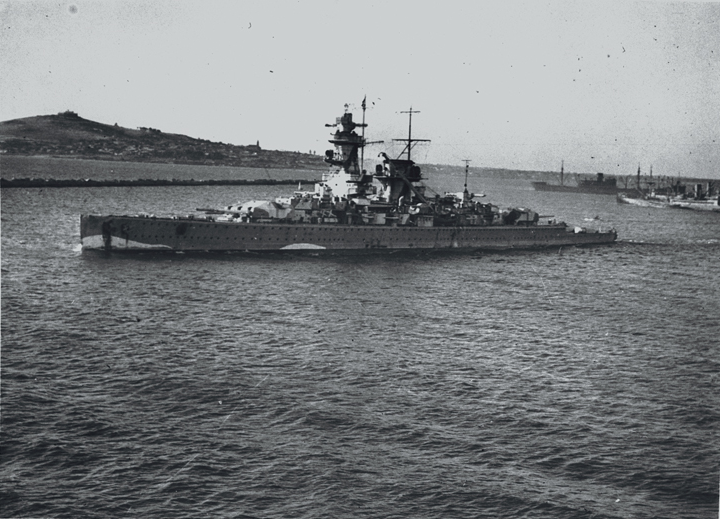
The pursuit of the Goeben and the battle of the River Plate
The Battle of the River Plate is one of the best known encounters of the Second World War. It was the first major sea battle of that conflict, and it came on 13 December 1939, a time when the so-called ‘phony war’ was in full swing – the brief period when the Second...
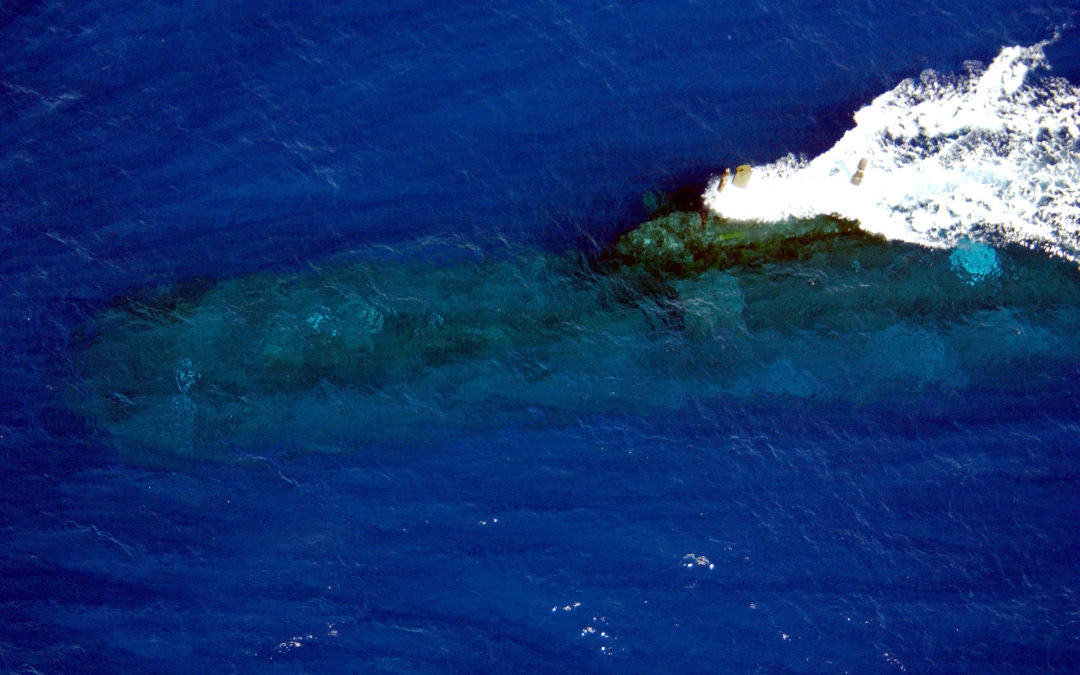
Is the submarine the perfect stealth warship?
Over a century ago, Admiral Sir John Fisher (1841-1920) – one of the main forces behind both the dreadnought and the battlecruiser – declared that both were obsolete. The ideal warship of the future, he insisted, was the submarine – the perfect stealth warship that...

Who won the Battle of Jutland?
On the afternoon of 31 May 1916, and on into the early hours of 1 June, the British Grand Fleet and the German fleet came to blows off the Denmark coast in a battle known to the British as the Battle of Jutland, to the Germans as the Skagerrak.[1] It was the first –...

The Last Naval Battle of World War 2
What was the last naval battle of World War 2 ? When was the last battle between sailing ships? When was the last time that the United States boarded an enemy ship in combat? Would you be surprised if all three of those things occurred simultaneously? In...
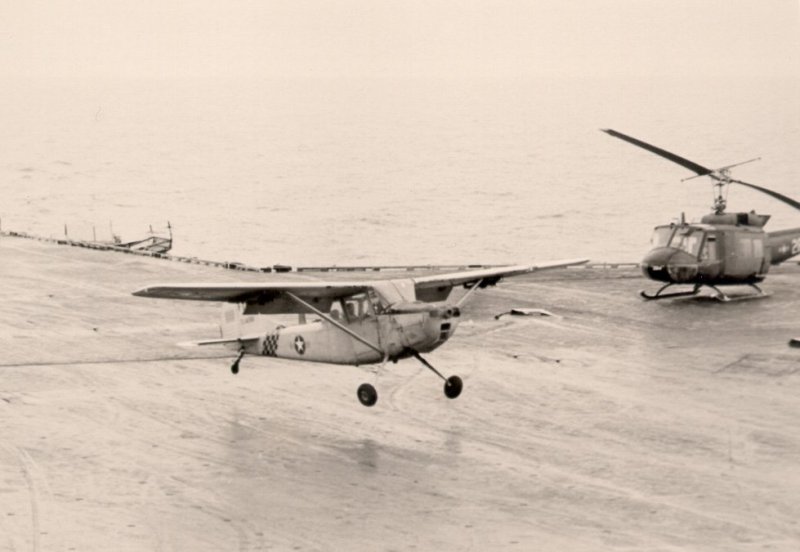
The USS Midway and her Greatest Carrier Landing
By the end of April 1975, North Vietnamese forces were closing in on Saigon. It was apparent that South Vietnam was going to fall. The US was already evacuating people from major airports. However, the NVA was on the outskirts of Saigon and several airports were...

Largest Cruisers of World War 2
After the success of our article on the largest battleships of all time, we received a lot of requests for a similar article on cruisers. So without further delay, Navy General Board presents the twelve largest cruisers of World War 2 ! 16. USS Wichita (13,015 Long...
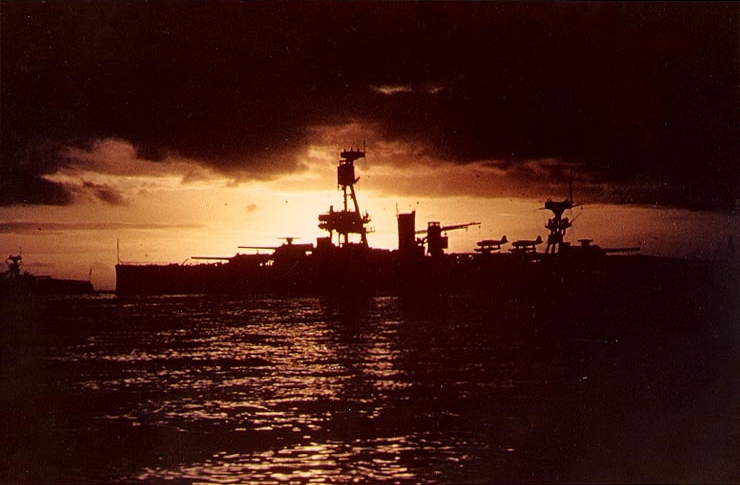
Is the Battleship Texas Sinking?
The battleship USS Texas (BB-35) has been around for over one hundred years. The mighty warship is one of the oldest military vehicles of her type still inexistence. She is old enough that she was laid down one month before the famous RMS Titanic launched....


Recent Comments